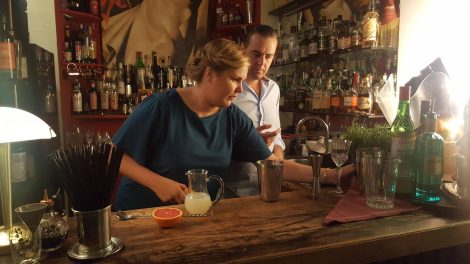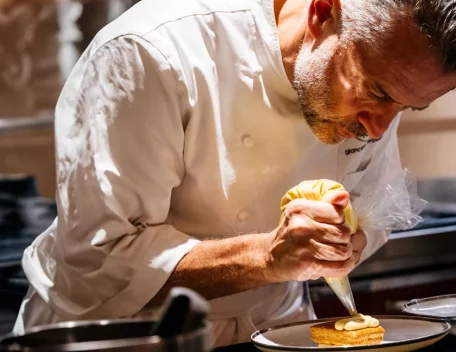One of the oldest coffee-based drinks, is also the central element of a centuries old hospitality ritual. Traditionally served three times, as a courtesy to guests, Turkish coffee has a long and complex history, which is - as it often happens - shrouded in mystery.
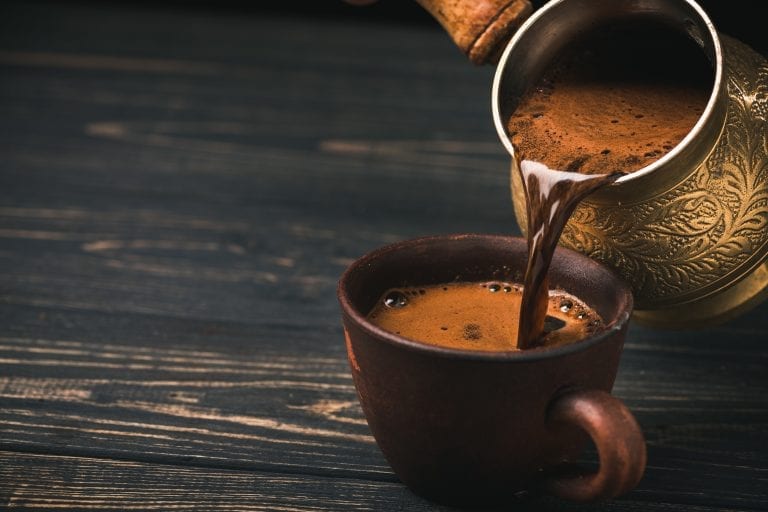
Turkish coffee
History of Turkish coffee
It's said that the first coffee house was born in Istanbul in 1554 with a name that meant "Schools of educated people", where consumers could get together and devote themselves to philosophy, music, the arts and chess. Before that, however, coffee arrived from Yemen directly to the palace of the sultan Soliman I, known as "the Magnificent", who led the Ottoman Empire starting in 1520. The sultan liked Turkish coffee so much that his concubines were ordered to learn and engage in the ritual every day.
Istanbul coffee houses
In the mid-17th century, writer Evliya Çelebi in his book "Seyahatnâme" lists 55 coffee shops scattered around Istanbul. Places that served as aggregation points for intellectuals, who would discuss, exchange opinions and reason about the socio-political situation of the country. Dialogues that posed a threat to Sultan Murad IV, who in 1633 ordered the closure of all the coffee houses.
Turkish coffee around the world
Therefore Turkish merchants began opening coffee shops in other European cities, bringing the cult of Turkish coffee all over the world. A beverage that has always had a very deep connection with the Turkish population, to the point of becoming a source of pride for women: in the past, in fact, men chose their future wives also on the basis of the quality of the cup of coffee served to them.
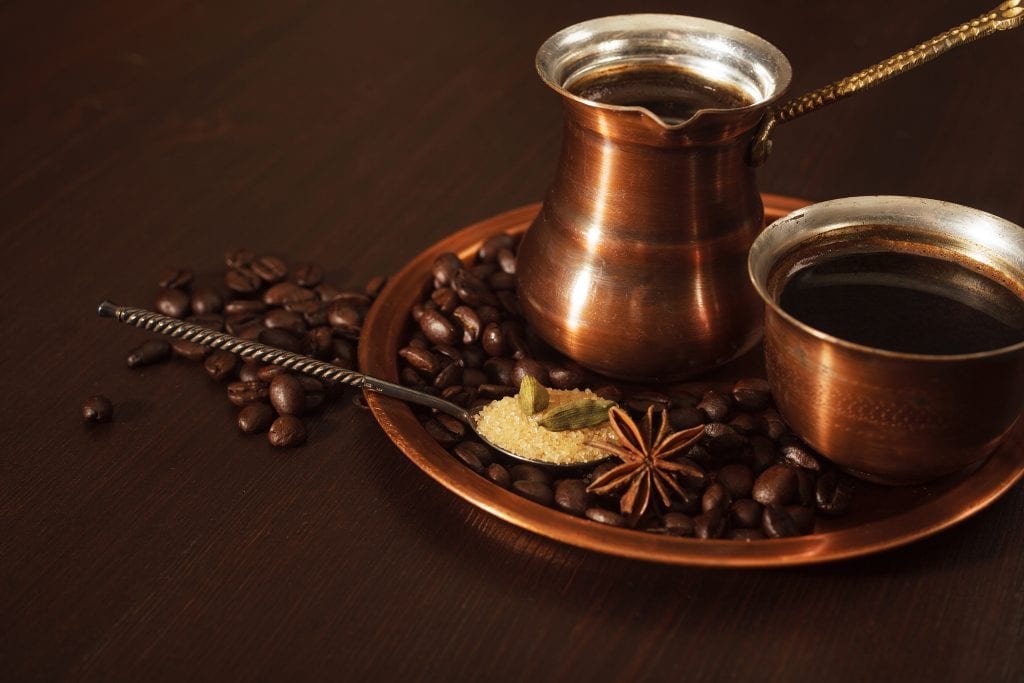
Cezve
Turkish coffee in modern times
Today, it is consumed mostly Middle Eastern countries, in the Arab world and in different areas of the Balkan Peninsula. It also boasts a dedicated section within the Museum of Turkish and Islamic Arts, a true jewel of Istanbul where some of the most precious traces of the country's past are preserved.
Making Turkish coffee with cezve
But how is Turkish coffee actually made? It's a beverage obtained through the use of the cezve, a special small copper pot in which finely ground coffee (to learn more, check out our home grinding tutorial) is boiled directly in water, and then served with its same grounds, once they are deposited at the bottom of the cup. This pot is not easy to find on the market, except for some specialized international shops, but it can be purchased online on different sites dedicated to the world of coffee.
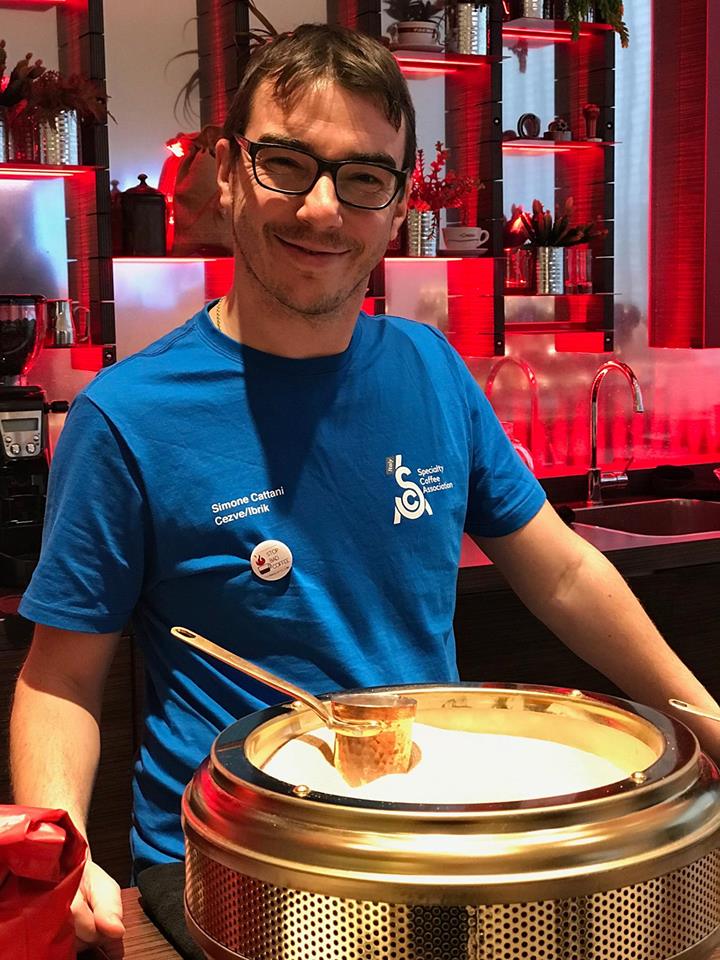
Simone Cattani
Turkish coffee-making competitions
Today, the use of the ibrik (western name with which the cezve is known) is an actual discipline, part of international coffee making competitions. We asked the Italian champion, Simone Cattani, trainer for SCA (Specialty Coffee Association) and trainer at the Coffee Training Academy in Verona, to explain step by step how to make Turkish coffee at home. Here are his instructions.
How to make Turkish coffee
THE COFFEE: traditionally the blends always used contain a high percentage of robusta variety, therefore lending a rather round, bitter and full-bodied beverage. To obtain a quality cup, it's better to opt for 100% Arabica variety, blend or even single origin, possibly specialty, and therefore of a higher level. In this way, we'll obtain a wider and more elegant aromatic profile.
THE GRIND: the beans must be ground at the moment, otherwise most of the aromas will be lost. The powder must be very fine, even thinner than the altrady fine grind for espresso, because otherwise the deposit would be unpleasantly coarse and won't deposit so easily.
WATER/COFFEE RATIO: usually the basic proportion used is 1:10, so 1 gram of coffee powder per 10 grams of water.
WATER TEMPERATURE: water must be heated to 92/93° C.
TIMING: timing varies depending on the amount of coffee and water employed. Once the water has reached the right temperature, the brew is left to infuse for about 1 minute and 30/45 seconds.
SERVING: finely ground coffee sinks to the bottom of the pot, it's left to decant and then served with without filtering. The cup is generally cylindrical in shape.

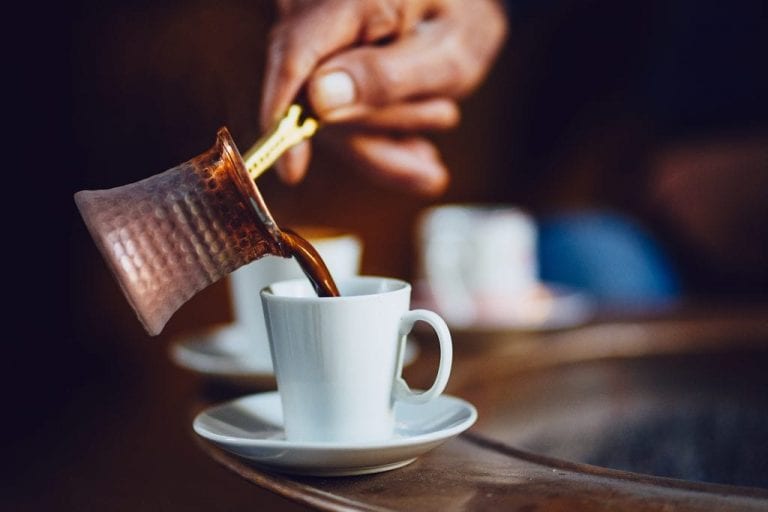
 What changes for the export of Italian wines to China under the new regulations?
What changes for the export of Italian wines to China under the new regulations? “Forget dealcoholised wines. The future is Komb(w)ine.” Moser and Ravizza present a new grape must-based product
“Forget dealcoholised wines. The future is Komb(w)ine.” Moser and Ravizza present a new grape must-based product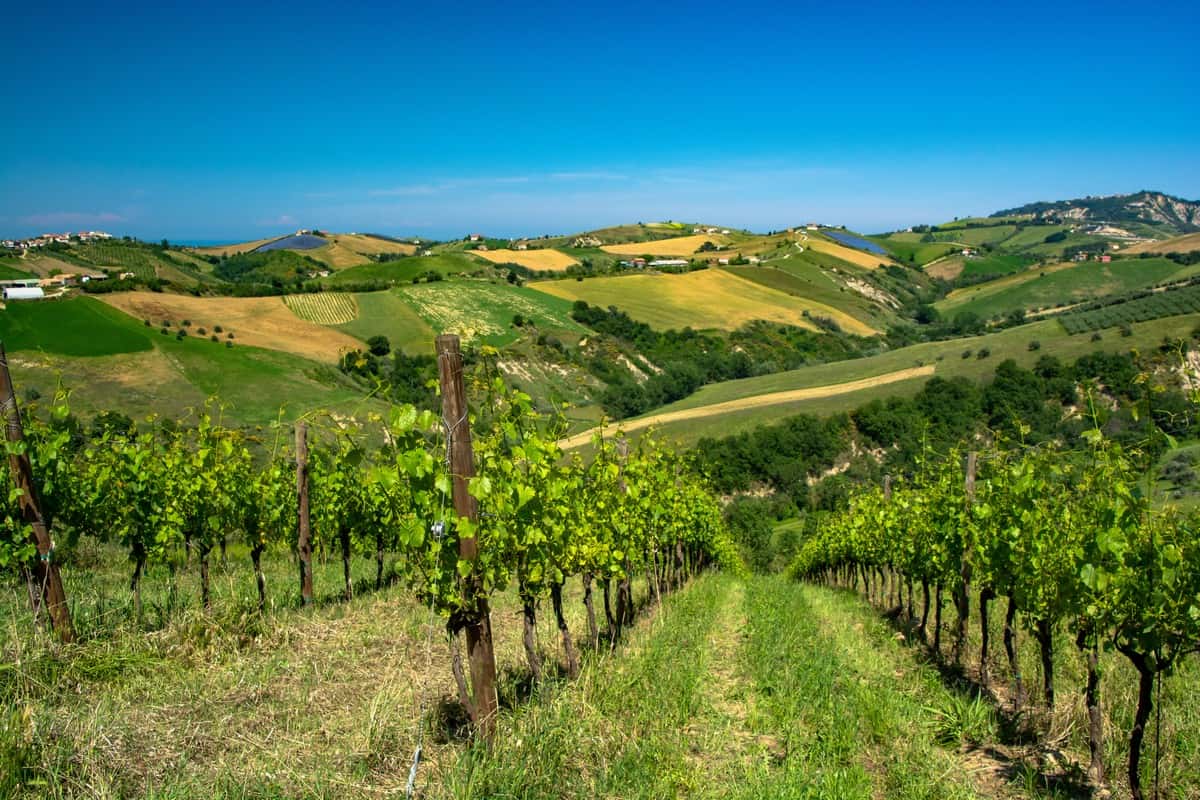 Global wine consumption at a historic low and vineyards in decline. The OIV report outlines a 2024 to forget
Global wine consumption at a historic low and vineyards in decline. The OIV report outlines a 2024 to forget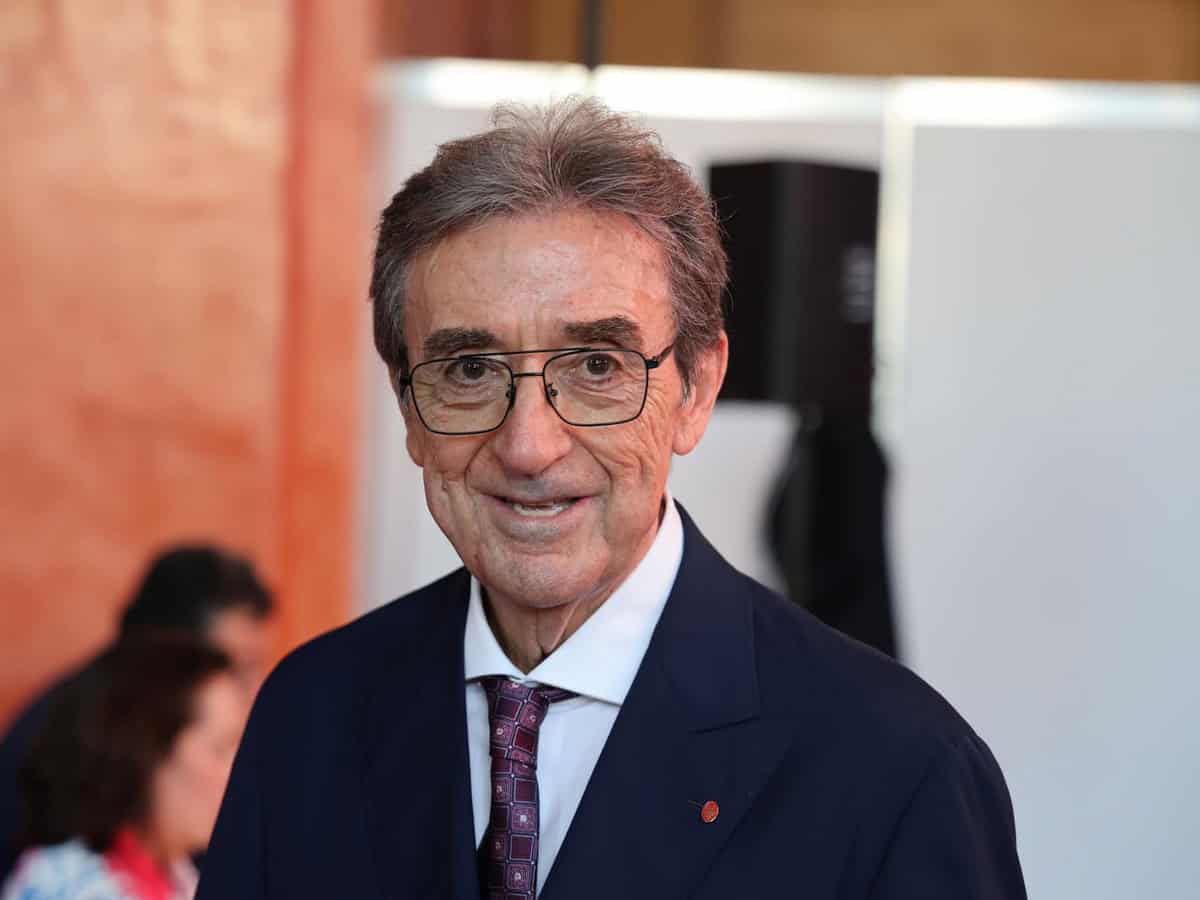 Oenologist Riccardo Cotarella will also produce dealcoholised wine: "My first bottle will be out in October and it won’t be bad"
Oenologist Riccardo Cotarella will also produce dealcoholised wine: "My first bottle will be out in October and it won’t be bad"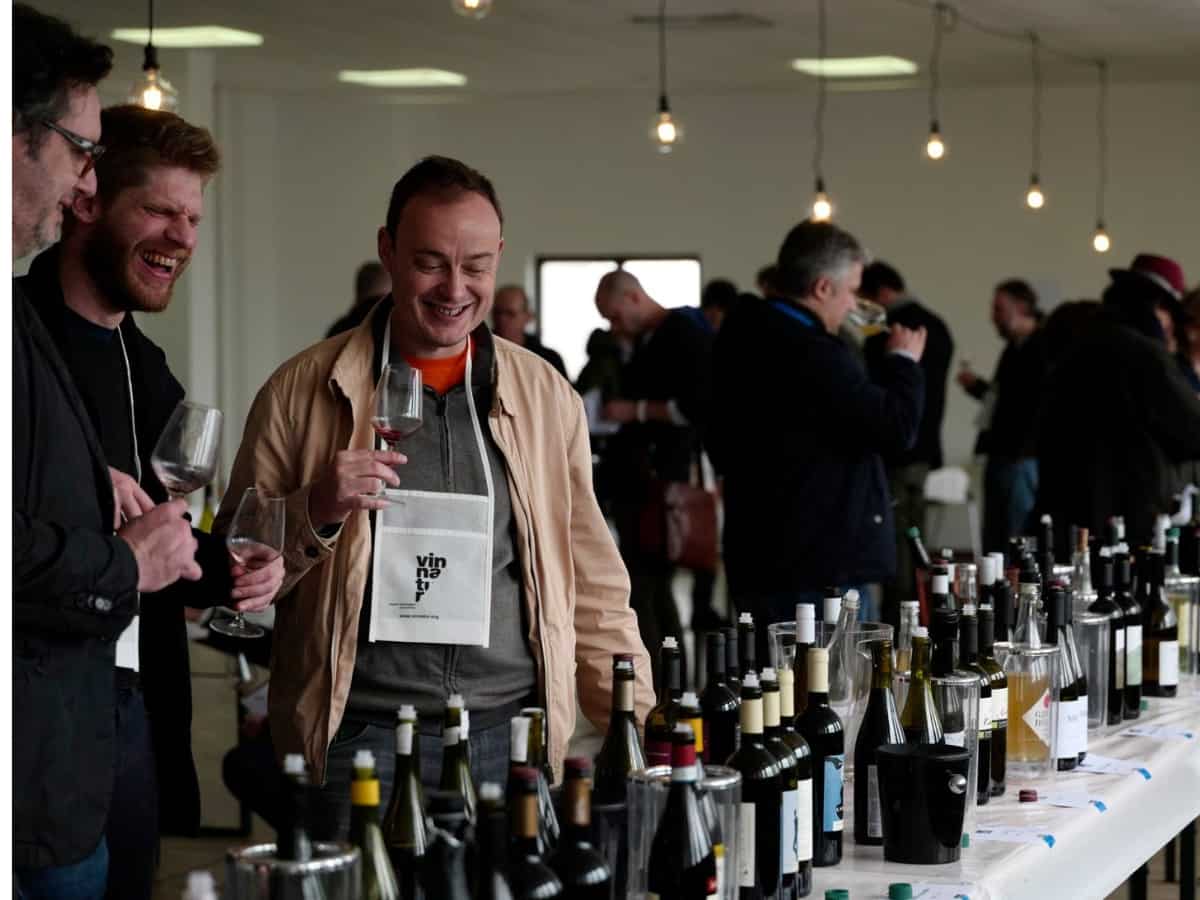 Dear natural wine world, enough with the constant polemics. If you don’t want to self-ghettoise, self-criticism is needed
Dear natural wine world, enough with the constant polemics. If you don’t want to self-ghettoise, self-criticism is needed



